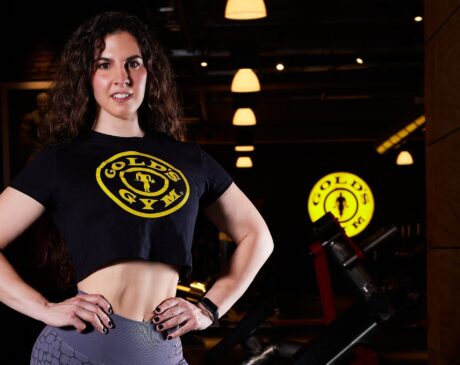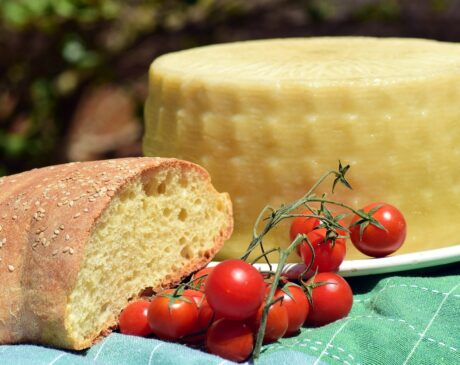How to start a vegan diet for beginners
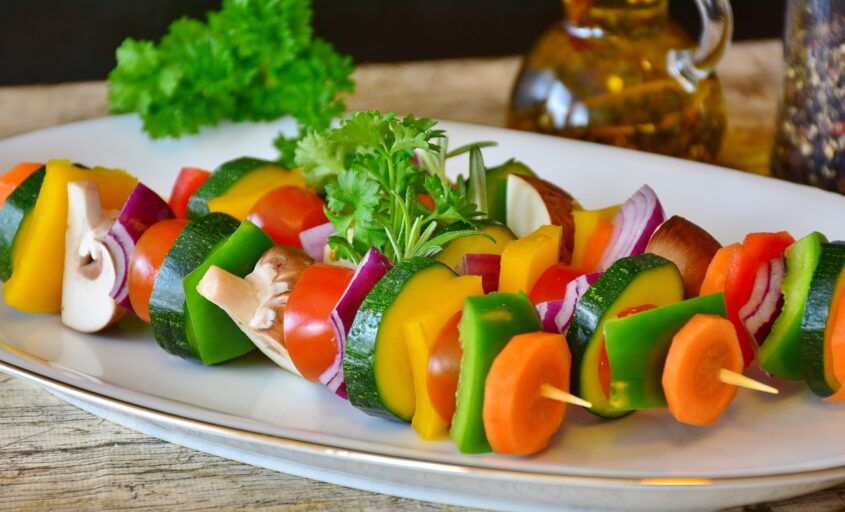
Starting a vegan diet as a beginner can be an exciting and rewarding journey. The vegan diet has become very popular; more and more people have decided to become vegan for ethical, environmental or health reasons.
If done correctly, this diet can have various health benefits, including a leaner stomach and a better blood sugar control. However, a diet based only on plant foods can, in some cases, increase the risk of nutrient deficiencies.
This article is a detailed guide for beginners to the vegan diet; it aims to cover everything you need to know so that you can follow a vegan diet the right way.
Steps to start a vegan diet
In our previous article “The best tips for transitioning to a vegan lifestyle”, we discussed the fundamental steps to embark on a vegan diet; here’s a brief summary:
- Vegan education: learn about the principles and philosophy behind a vegan lifestyle; understand the reasons people choose to go vegan, such as animal welfare, environmental concerns and personal health.
- Set your intentions and goals: clarify your reasons for adopting a vegan diet; define your personal goals, whether it’s for ethical reasons, health benefits or both.
- Gradual transition or immediate switch: decide whether you want to transition gradually by gradually eliminating animal products from your diet or make an immediate switch to a vegan diet. Choose the approach that works best for you.
- Research and plan your meals: explore vegan recipes, meal plans, and grocery lists to ensure a balanced and nutritious diet. Incorporate a variety of plant-based foods like fruits, vegetables, legumes, whole grains, nuts and seeds.
- Replace animal products with plant-based alternatives: identify suitable replacements for animal-based products in your diet; find plant-based alternatives for milk, cheese, eggs, meat and other animal-derived ingredients.
- Read food labels: develop the habit of reading labels to identify animal-derived ingredients or hidden animal products.
- Understand vegan nutrition: familiarize yourself with key nutrients that may require special attention on a vegan diet, such as vitamin B12, iron, calcium and omega-3 fatty acids.
- Find support and community: connect with other vegans, join online vegan groups, attend local meetups or participate in vegan events. Surrounding yourself with like-minded individuals can provide support, encouragement and resources.
- Be patient and kind to yourself: remember that transitioning to a vegan diet is a journey. It’s normal to make mistakes or feel overwhelmed at times. Be patient, learn from your experiences and focus on the positive impact you’re making.
Beginner vegan shopping list
Here’s a beginner vegan shopping list to help you get started:
Protein sources:
- Beans (black beans, chickpeas, lentils)
- Tofu
- Tempeh
- Seitan
- Quinoa
- Nuts (almonds, walnuts, cashews)
- Seeds (chia seeds, flaxseeds, hemp seeds)
Fruits and vegetables:
- Leafy greens (spinach, kale, lettuce)
- Broccoli
- Cauliflower
- Bell peppers
- Tomatoes
- Carrots
- Cucumbers
- Avocados
- Berries (strawberries, blueberries, raspberries)
- Citrus fruits (oranges, lemons, limes)
- Apples
- Bananas
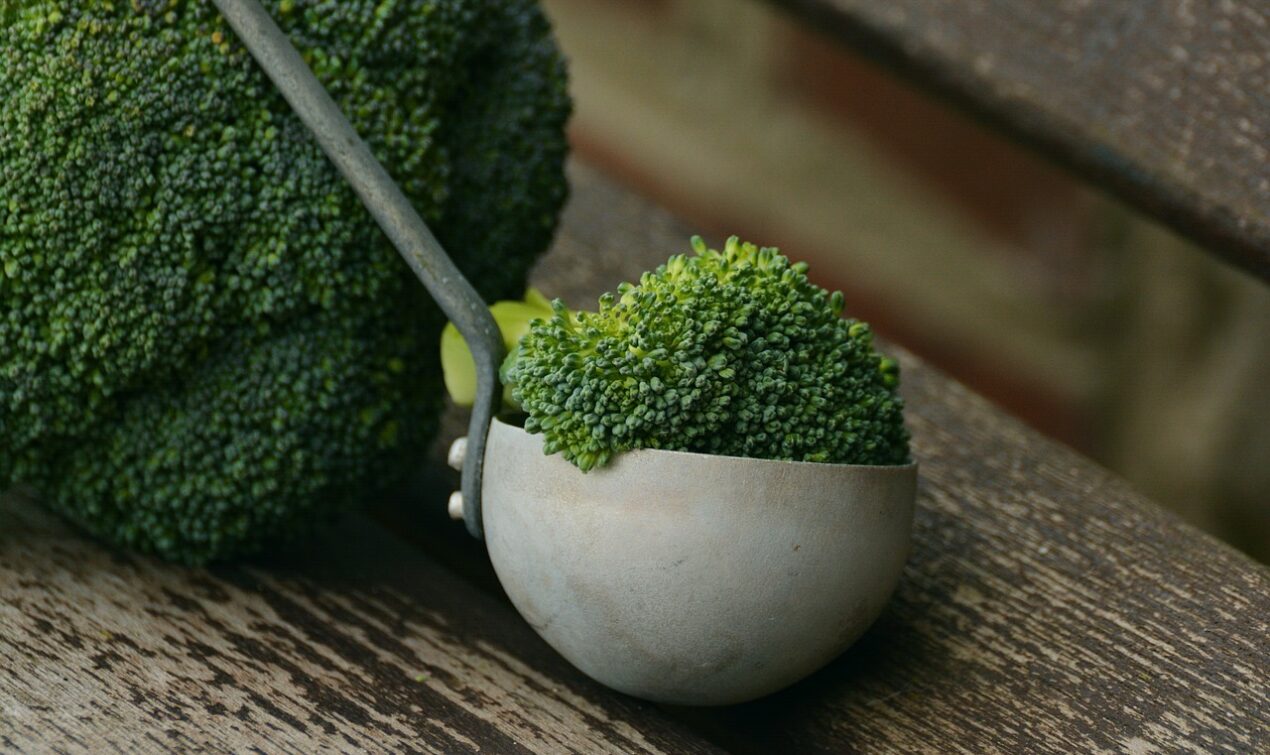
Grains:
- Brown rice
- Quinoa
- Oats
- Whole wheat bread or wraps
- Pasta
Plant-based milk and dairy alternatives:
- Almond milk
- Soy milk
- Oat milk
- Coconut milk
Healthy fats:
- Avocados
- Extra virgin olive oil
- Coconut oil
Snacks and condiments:
- Hummus
- Nut butter
- Salsa
- Guacamole
- Mustard
- Nutritional yeast
- Tamari or soy sauce
- Herbs and spices
Other pantry staples:
- Canned beans and lentils
- Canned tomatoes
- Vegetable broth or bouillon cubes
- Whole grain flour
- Baking powder and baking soda
- Plant-based sweeteners
Remember to read food labels carefully, as some packaged foods may contain hidden animal ingredients. Also, it’s essential to check for vegan certifications or labels when purchasing processed or packaged foods.
This list provides a general idea, but feel free to adapt it based on your personal preferences and dietary needs.
Don’t forget to prioritize fresh, whole foods and experiment with different recipes and flavors to make your vegan journey enjoyable and sustainable.
The best vegan recipe for every palate
Whether you’re a seasoned vegan or just starting your plant-based journey, we’ve uncovered a culinary gem that will tantalize your taste buds and impress even the staunchest skeptics. Get ready to savor the flavors and indulge in the best vegan recipe that is sure to become a staple in your kitchen:
Spicy Thai Peanut Tofu Stir-Fry
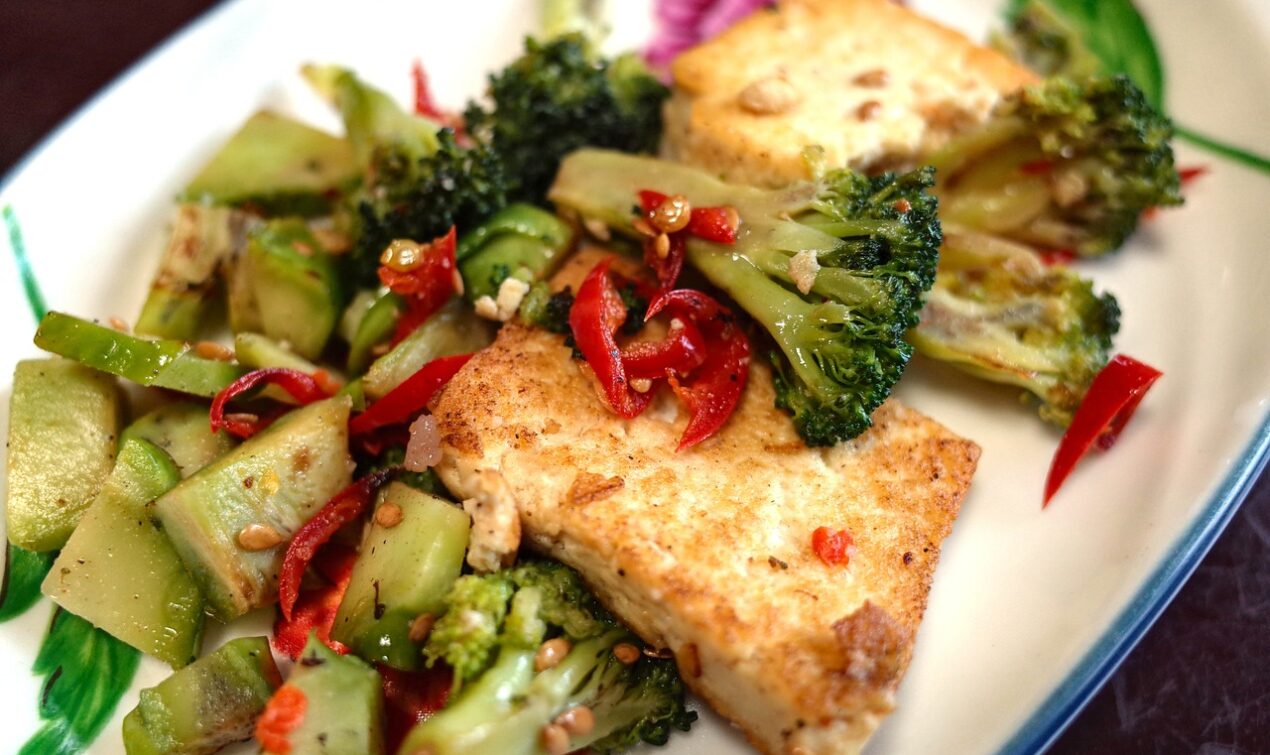
Ingredients:
- 1 block of firm tofu, drained and pressed
- 2 tablespoons of soy sauce
- 2 tablespoons of peanut butter
- 2 tablespoons of lime juice
- 1 tablespoon of maple syrup or agave nectar
- 1 tablespoon of chili paste
- 1 tablespoon of sesame oil
- 2 cloves of garlic, minced
- 1 red bell pepper, sliced
- 1 cup of broccoli florets
- 1 medium carrot, julienned
- 1 cup of snap peas
- 1/4 cup of chopped fresh cilantro
- 2 green onions, thinly sliced
- Cooked rice or noodles of your choice
Instructions:
- Start by preparing the tofu; cut the tofu into cubes or desired shape. In a bowl, combine soy sauce, peanut butter, lime juice, maple syrup or agave nectar, chili paste and sesame oil.
- Heat a large skillet or wok over medium-high heat; add a drizzle of oil and the minced garlic; sauté for a minute until fragrant.
- Add the tofu cubes to the skillet and cook until golden and crispy on all sides; pour the prepared sauce over the tofu and stir to coat evenly. Cook for an additional 2-3 minutes until the sauce thickens slightly.
- Add the sliced red bell pepper, broccoli florets, julienned carrot and snap peas to the skillet. Stir-fry for about 5-7 minutes or until the vegetables are tender-crisp.
- Remove the skillet from heat. Sprinkle the chopped cilantro and sliced green onions over the stir-fry. Toss gently to combine.
- Serve the spicy Thai peanut tofu stir-fry over a bed of cooked rice or noodles of your choice. Garnish with extra cilantro and lime wedges if desired.
Enjoy the explosion of flavors and textures in this delightful vegan dish. The tofu provides a protein-packed foundation, while the vibrant mix of vegetables adds color and nutritional goodness. The spicy Thai peanut sauce infuses each bite with a harmonious blend of tangy, sweet, and spicy notes that will leave you craving more!
What is Vegan Cosmetics?
If you want to embrace this lifestyle philosophy, it’s useful to know that it’s not just about following a strict diet!
Vegan cosmetics, or vegan cosmetic products, do not contain any animal by-products. There is a common misconception that a vegan cosmetic product also means it is not tested on animals; however, as it is not regulated, a product can be tested on animals and still be labeled as vegan.
So, if cruelty-free cosmetics are important to you, make sure to check the details of the chosen products. Unfortunately, the ingredient list of a product does not always specify “animal-derived by-product,” so you need to be careful when checking what’s in your favorite lipstick or foundation.
We have compiled a list of common ingredients to avoid when purchasing vegan cosmetics to help you:
- Collagen: often used in anti-aging products for its plumping and firming effects, collagen is naturally produced by animals. To obtain the protein for cosmetic purposes, it is extracted from the bones, connective tissue, and skin of mammals.
- Beeswax: beeswax is directly taken from worker bees in a hive and can often disrupt the colony, making it unsuitable for vegans. However, an excellent vegan alternative is candelilla wax, which has very similar properties and can be found in many cosmetic products.
- Carmine: carmine is an intense red color used to create pigments in products such as eyeshadows and lipsticks and is extracted from crushed beetles. Carmine is difficult to spot because it can have many names, including cochineal, cochineal extract and carmine acid.
- Keratin: keratin is a protein naturally found in hair, nails, and horns of mammals and is predominantly used in hair care products. There are several vegan alternatives, such as soy or plant-based proteins.
- Guanine: guanine gives blush, eyeshadow and nail polish an iridescent shimmer but is created using fish scales soaked in alcohol. If you love a sparkling makeup look, don’t worry, you can achieve the same effect with products containing vegan synthetic pearls, aluminum or bronze particles.
- Lanolin: lanolin is a fat derived from sheep’s wool and is commonly found in lotions and moisturizers.
- Squalene: squalene is commonly found in moisturizers and is derived from oils present in shark liver. Do not confuse it with squalane, a cruelty-free alternative typically derived from olive or sugarcane.
In conclusion…
Remember, starting a vegan diet is a personal choice, and it’s important to do what feels right for you. Listen to your body, be patient with yourself, and enjoy the process of discovering new foods and a compassionate way of living.
By following this beginner’s guide, you’ll be equipped with the knowledge and tools to start your vegan journey confidently.
Embrace the abundance of plant-based options available, connect with the vibrant vegan community, and savor the positive impact you’re making on your health, animals, and the planet.
Remember, every step counts, and your commitment to a vegan lifestyle can create a ripple effect of change in the world.

